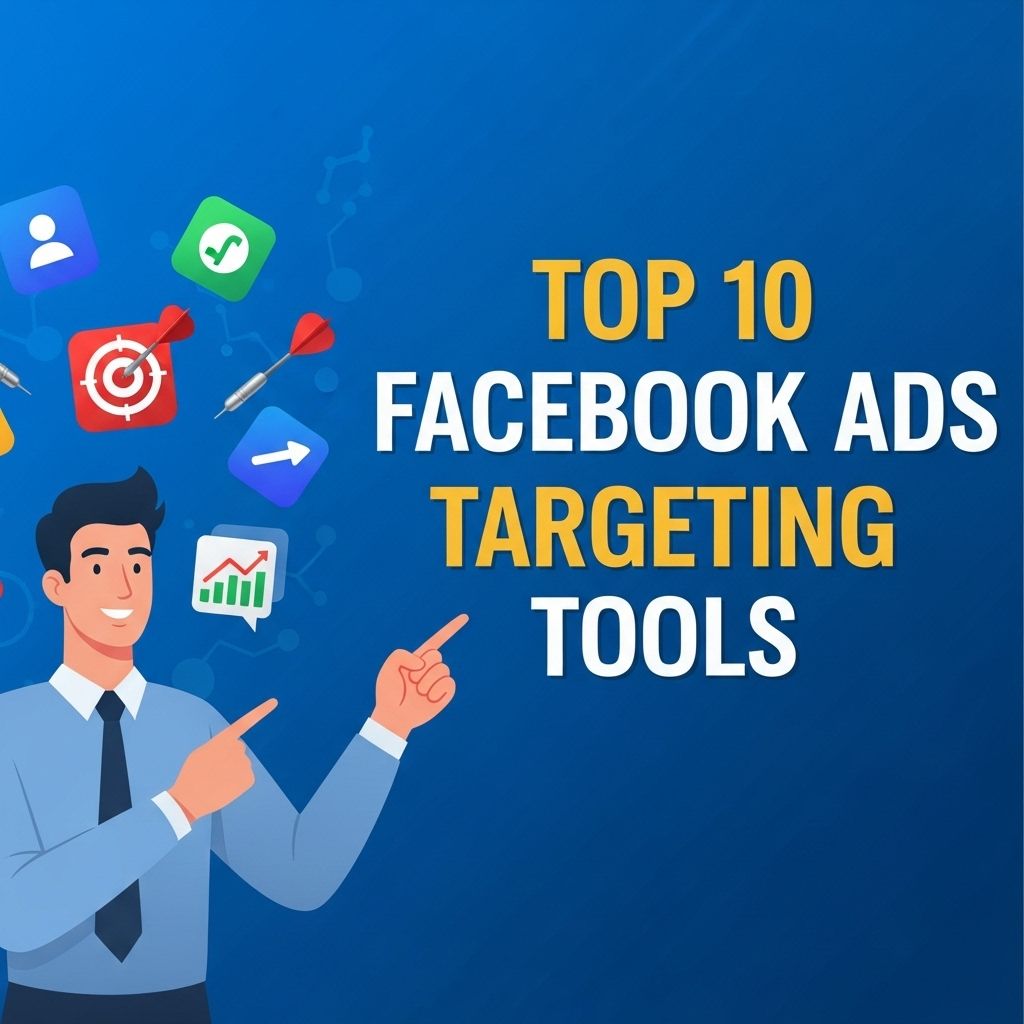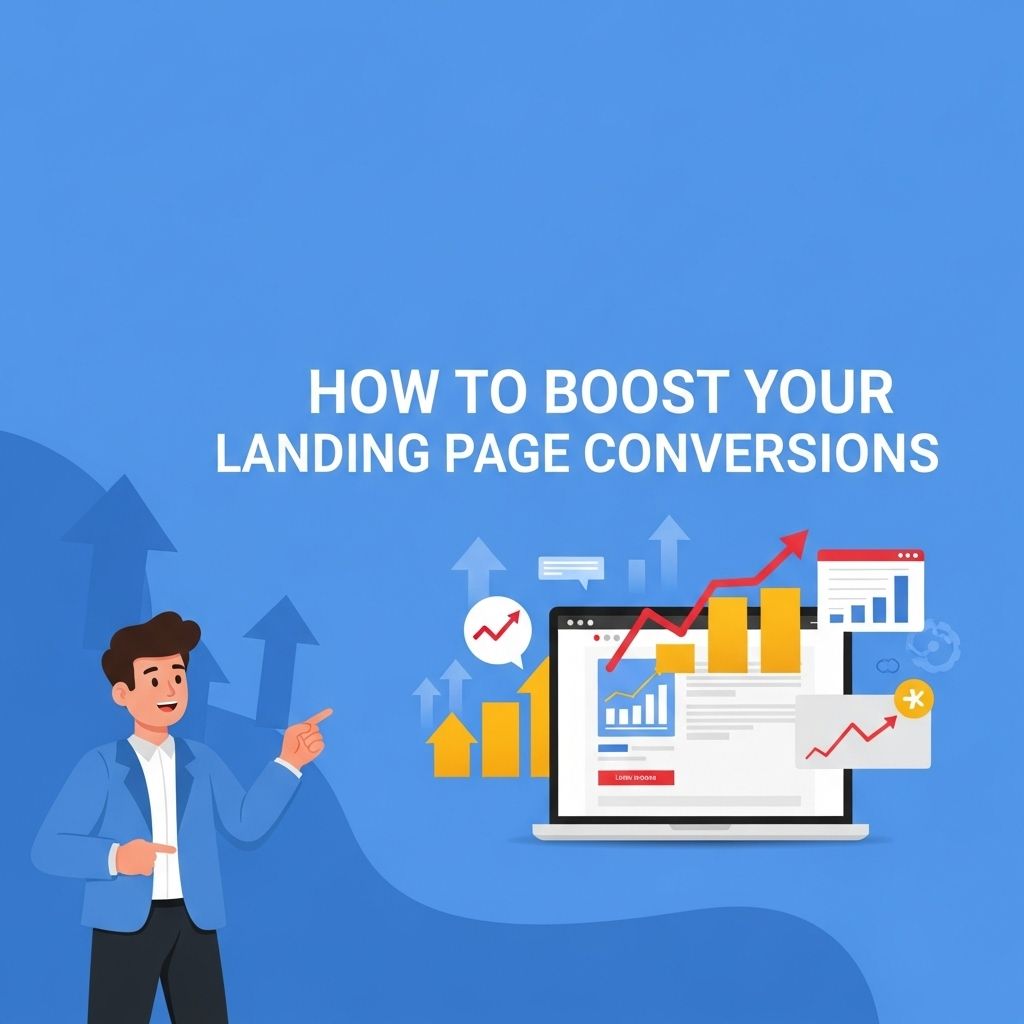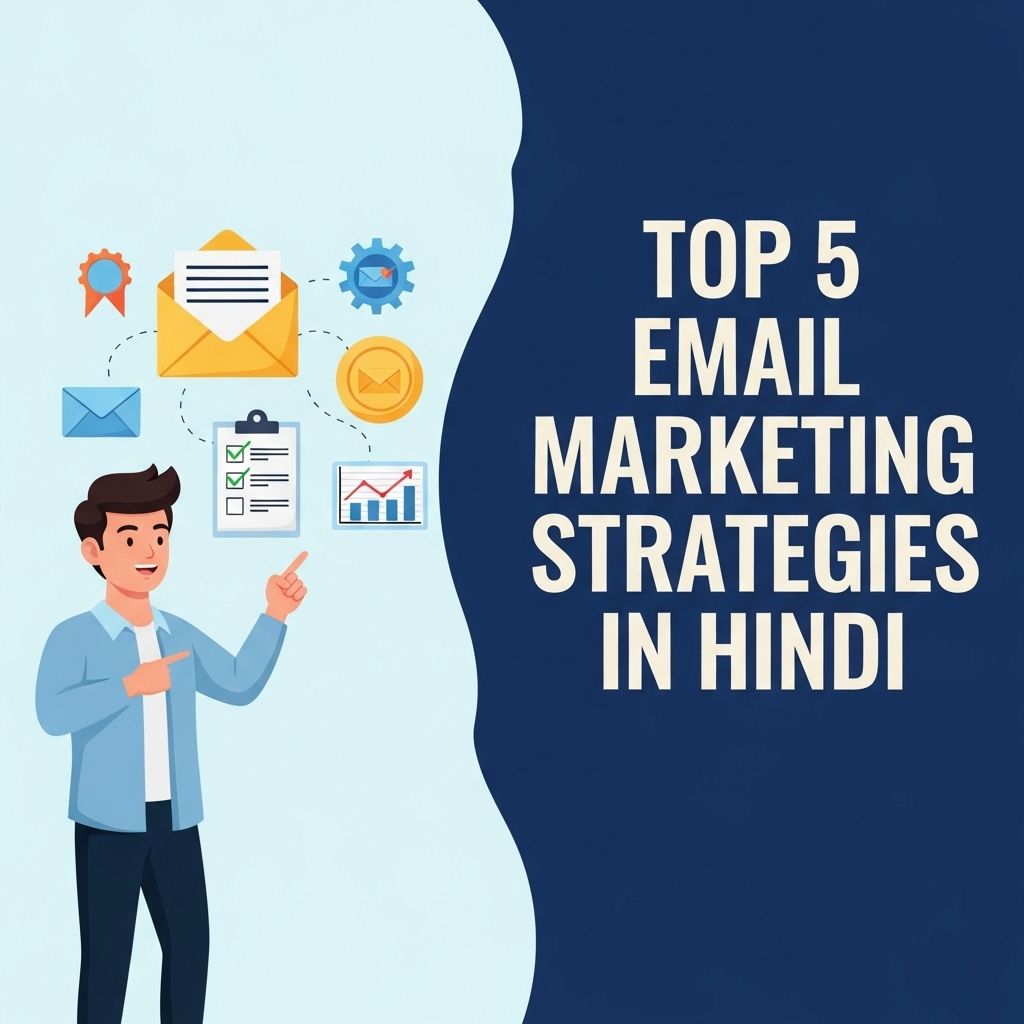In the fast-paced world of digital marketing, landing pages are vital for converting visitors into customers. A well-optimized landing page can significantly boost conversion rates, making it essential for marketers to leverage effective tools that streamline the optimization process. As we look toward 2025, a variety of tools are emerging to help marketers create and refine their landing pages, ensuring they are both visually appealing and high-converting. In this article, we will explore the top five landing page optimization tools that are set to dominate the industry.
1. Unbounce
Unbounce has been at the forefront of landing page optimization for several years now, and it continues to evolve. This tool provides a drag-and-drop editor that allows users to create high-converting landing pages without any coding knowledge. Key features include:
- Templates: Wide selection of customizable landing page templates.
- A/B Testing: Easily run tests to determine which elements perform best.
- Integrations: Connects with various marketing tools and CRMs.
- Dynamic Text Replacement: Customize landing page text based on visitor preferences.
The ease of use and comprehensive features make Unbounce a top choice for marketers aiming for effective landing pages.
2. Instapage
Instapage is another powerful tool that focuses on landing page creation and optimization. It is known for its sophisticated features and flexibility. Here’s what sets Instapage apart:
Key Features:
- Collaboration Tools: Teams can work together in real-time, making it perfect for agencies and larger marketing teams.
- Heatmaps: Understand user behavior to optimize page layout and design.
- Personalization: Adapt landing pages for specific audiences to increase relevance.
- Analytics: Advanced analytics for tracking performance metrics.
Instapage is particularly beneficial for those looking to test various strategies and collaborate with multiple stakeholders.
3. Leadpages
Leadpages focuses on generating leads through high-converting landing pages. It’s known for its affordability and effectiveness, making it a popular choice among small businesses and entrepreneurs. Here are its standout features:
Benefits:
- Easy to Use: Simple drag-and-drop functionality for fast creation.
- Built-in Widgets: Add alerts, countdown timers, and forms easily.
- A/B Testing: Test different versions of your landing pages.
- Integrations: Works seamlessly with email marketing and CRM platforms.
Leadpages is ideal for small businesses that need a cost-effective solution without sacrificing quality.
4. ClickFunnels
ClickFunnels is unique in that it offers an all-in-one solution for sales funnels, which includes landing page creation. It’s tailored for marketers who want to manage all aspects of their sales process from one platform. Its primary features include:
Comprehensive Tools:
- Funnel Builder: Create complete sales funnels with ease.
- Email Marketing: Built-in email marketing capabilities to nurture leads.
- Membership Sites: Create and manage membership areas for customers.
- Affiliate Management: Manage your own affiliate program within the platform.
ClickFunnels is particularly advantageous for those looking to create complex sales strategies without needing multiple tools.
5. HubSpot
HubSpot is a well-known name in marketing software, and its landing page tool is just one part of its robust suite. HubSpot’s landing page optimizer is designed for marketers who want an integrated marketing solution that works seamlessly with their CRM:
Features Highlight:
- CRM Integration: Connects effortlessly with HubSpot’s CRM for personalized marketing efforts.
- Form Builder: Easy to create forms to capture leads directly from landing pages.
- Analytics Dashboard: Comprehensive analytics for monitoring page performance.
- Marketing Automation: Automate follow-up emails and workflows.
For those already using HubSpot for other marketing activities, the landing page tool provides an invaluable addition to their toolkit.
Comparison Table of the Tools
| Tool | Ease of Use | A/B Testing | CRM Integration | Analytics |
|---|---|---|---|---|
| Unbounce | High | Yes | Limited | Advanced |
| Instapage | Medium | Yes | Yes | Advanced |
| Leadpages | High | Yes | Yes | Standard |
| ClickFunnels | Medium | Yes | Limited | Standard |
| HubSpot | Medium | Yes | Yes | Comprehensive |
Conclusion
As we approach 2025, the significance of landing page optimization tools cannot be understated. The tools highlighted in this article each bring unique strengths to the table, catering to various needs and preferences. Whether you’re a small business looking for an affordable solution or a large agency needing advanced features, there’s an option available to suit your requirements. Selecting the right tool will enable you to create compelling landing pages that not only attract visitors but also convert them into loyal customers. Invest in these tools to elevate your marketing strategy and achieve better results in the coming years.
FAQ
What are the best landing page optimization tools for 2025?
Some of the top landing page optimization tools for 2025 include Unbounce, Instapage, Leadpages, Optimizely, and ClickFunnels.
How do landing page optimization tools improve conversion rates?
Landing page optimization tools enhance conversion rates by providing A/B testing, analytics, and user behavior tracking to refine and personalize landing pages.
Are there any free landing page optimization tools available?
Yes, tools like HubSpot’s free landing page builder and Mailchimp offer free versions that can help with basic landing page optimization.
What features should I look for in a landing page optimization tool?
Key features to consider include A/B testing capabilities, responsive design templates, integration with email marketing, and detailed analytics.
Can I use landing page optimization tools for e-commerce?
Absolutely! Many landing page optimization tools are designed to help e-commerce businesses increase sales through targeted landing pages.
How much do landing page optimization tools typically cost?
Pricing varies widely, with basic plans starting around $25 per month and premium plans going up to several hundred dollars, depending on features.




